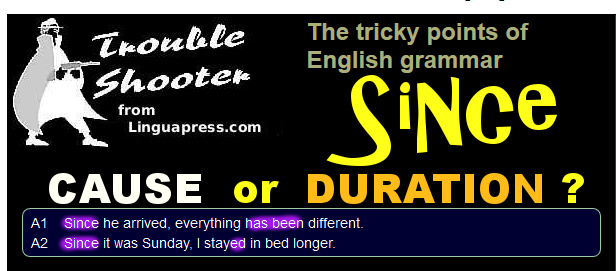

More precisely, the plural is understood in relation to the singular it is “more” relative to the singular, a word which is a cognate of the word single: singular comes from the Latin singularis, meaning “single”.Ħ We may infer from this that the notion of plurality is less stable and more vague than that of singularity, which is not surprising given that plurality encompasses anything from ‘2’ to infinity. In other words, the notion of plurality is based on the idea that when using a plural we mean “more” and probably “more than one”, thus suggesting that plurality is a relative concept, which is not entirely quantitative and from which degree is not absent. In plural we find the Latin word plus, which of course means “more”. Plurality and non-singularityĥ The English word plural comes from the Old French plurel, itself derived from the Late Latin pluralis, which means “concerning many”. In the final section, I will deal with numerals and what they tell us from a cognitive point of view.Ĥ More generally, this paper will also examine the body-based model championed by cognitivists and a typically cognitive question that may be asked about number and numerals: what do they tell us about the way we view our surrounding reality? The problem of motivation and non-arbitrariness will also be raised, as will the question of universals: is the singular / plural dichotomy universal? Are singular and plural necessary categories? 1.

Such a binary system provides an incomplete picture, which requires refining, if only because some languages have a ternary or even quaternary system or because there is no strict overlapping between the grammatical singular / plural distinction and the semantic one.Ģ Next, the various markings of the plural will come under scrutiny, which will allow me to point out their cognitive implications, that is, we will see how the plural can be envisaged from a cognitive point of view in various languages.ģ Plurality is not just a question of morpho-syntax or word-endings.

I will start off with an analysis of the singular / plural dichotomy and point out its limitations. The attested form, e ode, occurred at a time when English had very different spelling.1 My aim in this paper is to examine how plurality functions in English and other languages. (*gode: spelling has been adjusted for simplicity's sake. Interested in learning more about the history of English and how it's changed over time? Check out: (Compare a similar phenomenon with go/ went: “he went around the corner” used to mean “he wound his way around the corner,” so similar in meaning with “he * gode around the corner” that it became interchangeable with “gode” and suppleted it.) Instead of preserving all the forms of each verb, the use of each verb was relegated only to certain contexts: i.e., “am/are/is” when talking about the present and “was/were” when talking about the past. “was/were.” The semantics of these verbs were very close and at some point lost their nuance, allowing them to be used interchangeably as synonyms. The - m in the word “am,” for example, is a vestige of an ancient conjugation for the first person subject “I”: *- mi.Ī third factor in the irregularity of the verb “to be” is its derivation from three separate verbs, whence we get the different paradigms of “be/been/being” vs. (Compare how rarely we talk about formulae: the plural is irregular but so rarely used that the regularized form formulas has overtaken it in usage.)Īlong the same logic-that frequent use makes irregular forms less easily forgotten-the most common words are also the most likely to preserve archaic forms. They’re used so frequently that their irregular forms are not easily forgotten. To start, the most common words in a language are the most likely to be irregular. I’ll touch on three of the most important phenomena at play: frequent usage, preservation of archaic forms, and the merger of historical verbs with similar meaning. There are several aspects at work in the irregularity of the verb “to be” in English.


 0 kommentar(er)
0 kommentar(er)
